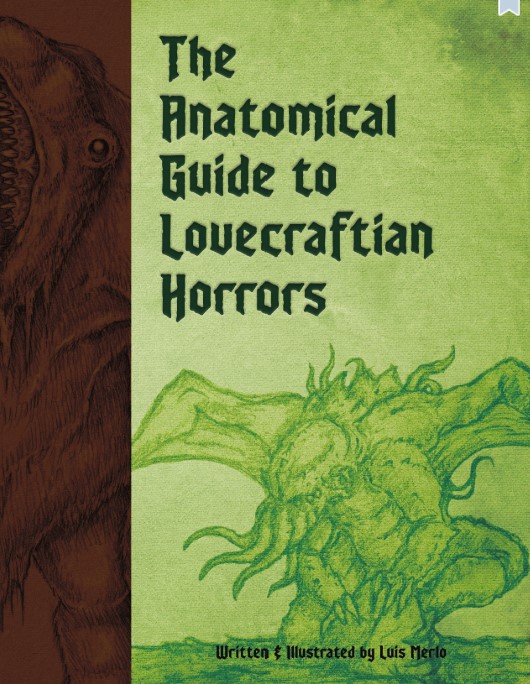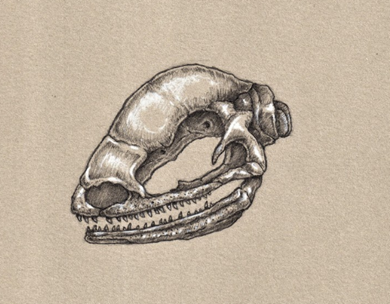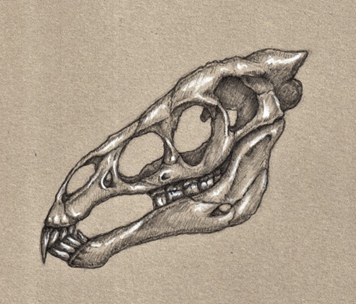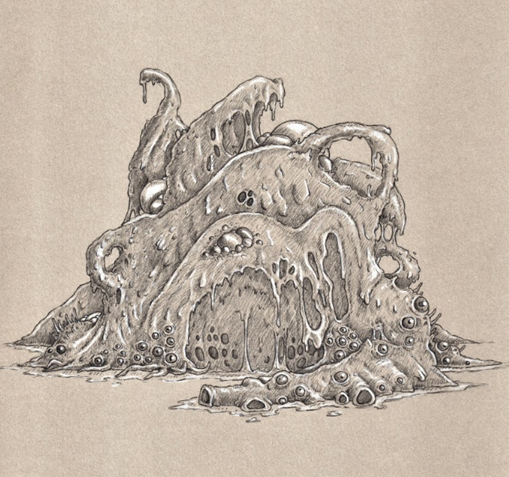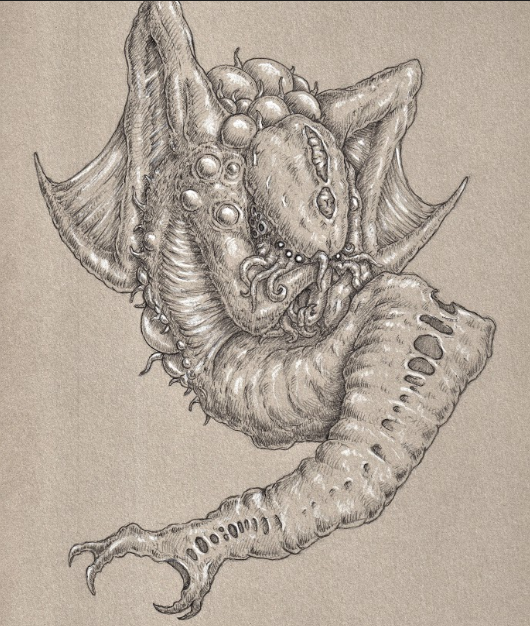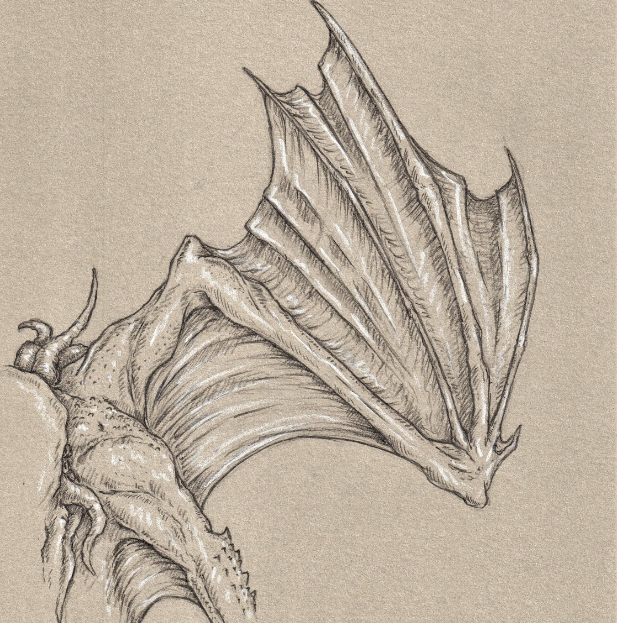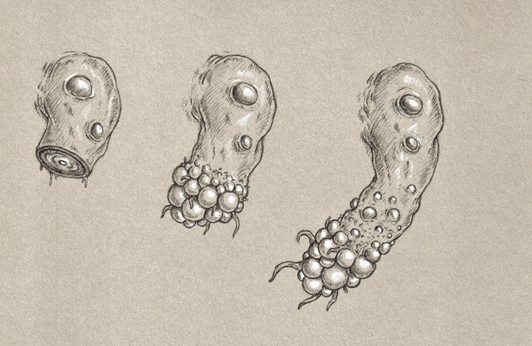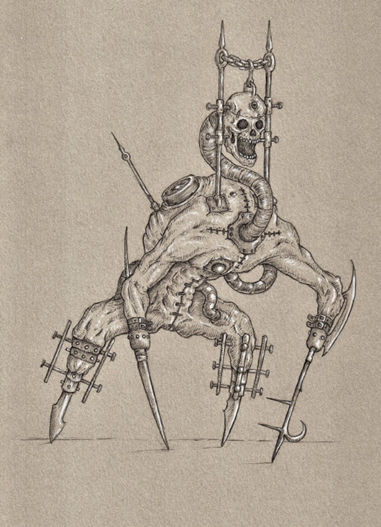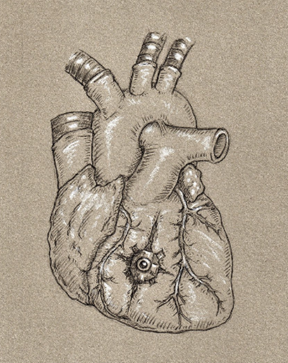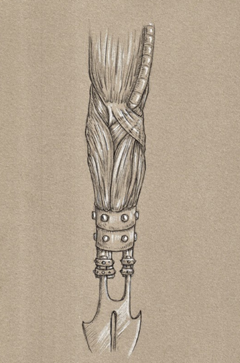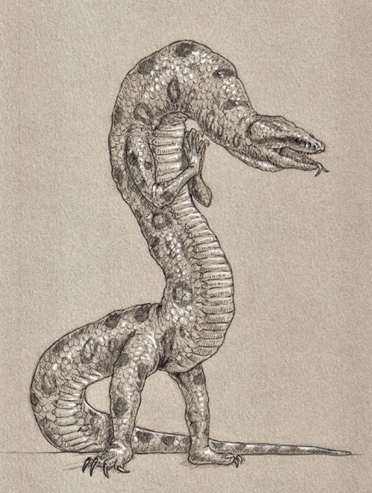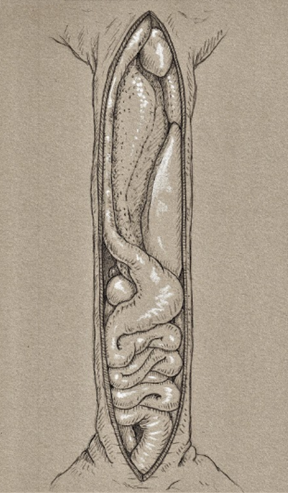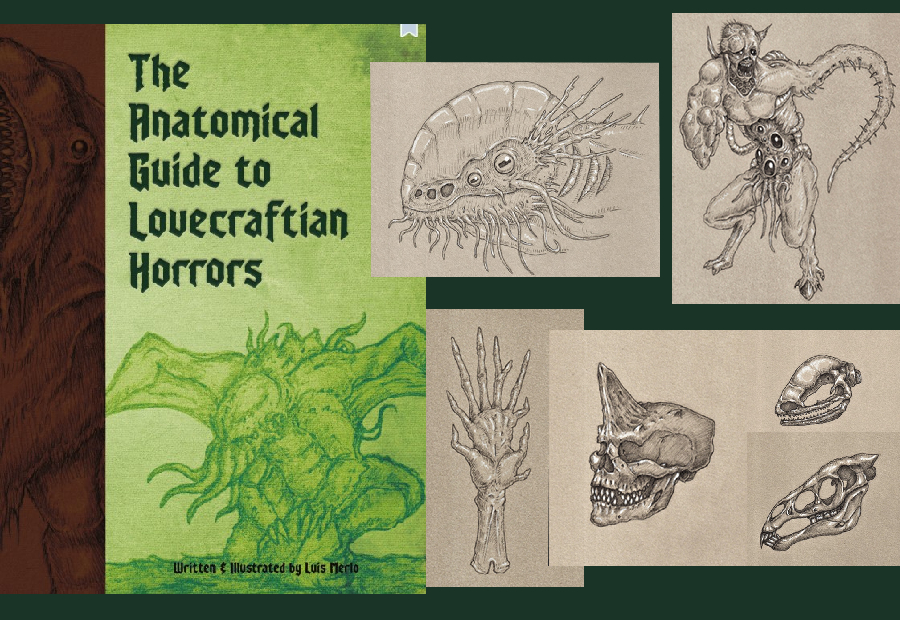
Update on The Anatomical Guide to Lovecraftian Horrors
This project has been under development for over one year, and is now in the layout stage. We plan on releasing it in the first quarter of 2021.
What is the deep one skeletal structure? How does the byakhee hune organ allow them to travel through interstellar space? What organs and biological material make up the mysterious and ancient flying polyps?
These questions and more will be answered in Luis Merlo’s groundbreaking scientific study of the anatomy, biology, and ecology of more than two dozen Lovecraftian horrors! Luis Merlo, a doctor from Ecuador, turned his medical knowledge to analyzing the many beings from beyond he had encountered.
Knowing of Sandy Petersen’s knowledge and experience with such beings (being Cthulhu’s Van Helsing, if you will), he contacted Sandy with the intent to publicize and publish his esoteric findings. Unfortunately, through a series of mysterious events, Luis Merlo has been missing, but luckily his writings have been found and preserved to be published posthumously on his behalf.
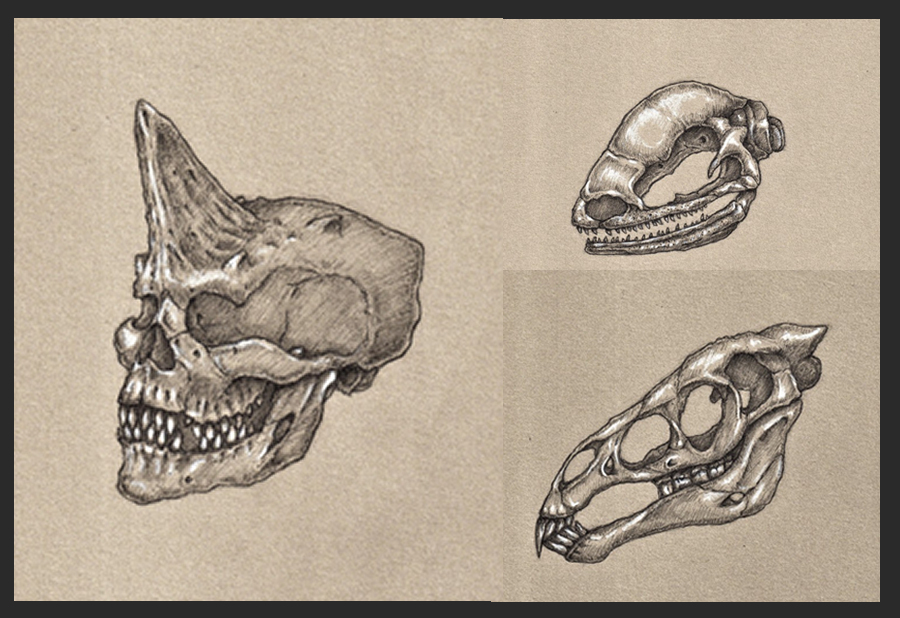
Update on The Anatomical Guide
Our intrepid traveler, Dr. Luis Merlo, has completed all the art and text to The Anatomical Guide to Lovecraftian Horrors. His work is now being laid out in its final form. As a bonus, Dr. Merlo sketched some skulls from some of the horrors he discovered in the field — the Gnorri, Shantak, and Gyaa-yoth.
Enjoy this sneak peek from Sandy’s introduction:
In 2018, Dr. Luis Merlo first contacted me with his idea for a scientific work about the otherworld entities which Howard Phillips Lovecraft first revealed to the world in the 1920s and 1930s. Naturally I assumed this would be a work of fiction, like my own Petersen’s Field Guides (1987, 1988).
But as Luis started sending me more and more of his sketches, some on paper stained by mysterious fluids, I started wondering … just where WAS he getting these?
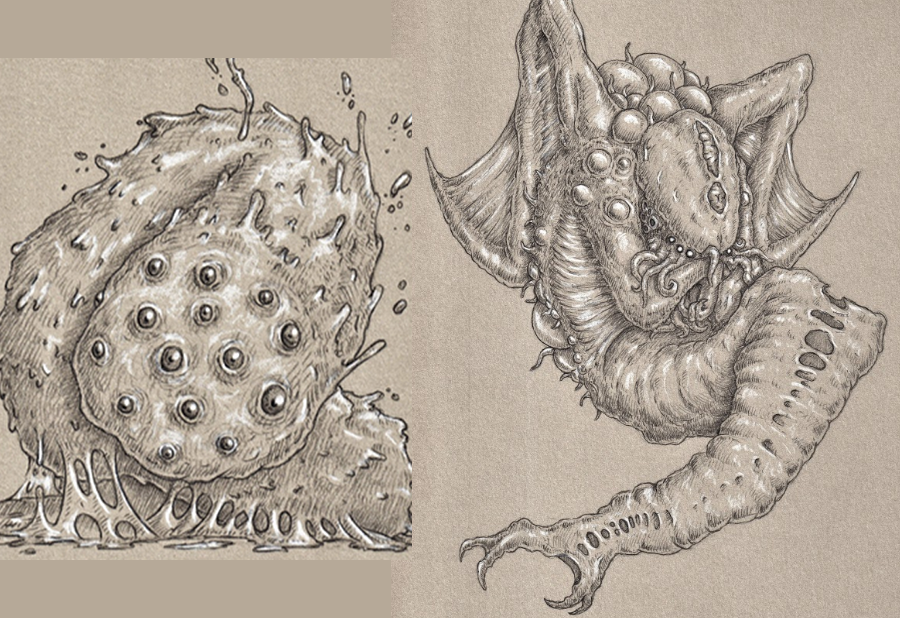
Production Notes: Anatomical Guide
We are completing the design phase for the Anatomical Guide to “Sandy Petersen’s Cthulhu Mythos.” It has hundreds of illustrations and detailed descriptions. The manuscript is ready for editing, then to layout and printing. We are keeping our fingers crossed that we may have it ready to release at Gen Con!
In 2018, Mr. Luis Merlo first contacted Sandy with his idea for a scientific work about the otherworld entities which Howard Phillips Lovecraft first revealed to the world in the 1920s and 1930s. Naturally Sandy assumed this would be a work of fiction, like his own Petersen’s Field Guides (1987, 1988)
But as Luis started sending me more and more of his sketches, some on paper stained by mysterious fluids, I started wondering … just where WAS he getting these? One letter came with a thumbprint stained in blood, and Luis’ cover letter mentioned that he would not be able to draw any images for a few weeks, because his arm had been “injured in a recent foray”.
Once a package came with a pungently-smelling horny claw, which he said to be a Deep One’s fingernail. I was even more mystified.
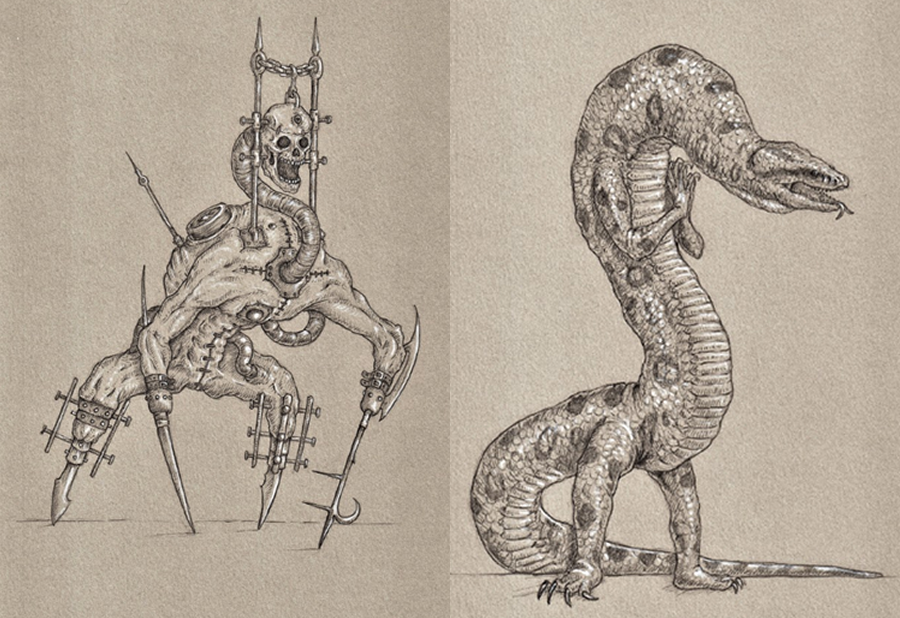
More Details from Upcoming Anatomical Guide to SPCM
Shoggoth
Shoggoth (concept art and locomotion):This is a giant mass of semi-liquid protoplasm that can create and absorb organs at will. Unlike the formless spawn, the Shoggoth rarely grows limbs, teeth or mouths, instead relying on their sheer size to crush and absorb prey.
Starspawn
Starspawn (concept art, mature wing anatomy and regeneration process):
The Starspawn of Cthulhu are the original dwellers of R’lyeh but most (if not all) are inactive (“dead”) since the sinking of their city in the south Pacific.
Their younger form has no differentiated legs and primitive wings, but is about the size of a whale and possesses cognitive and psychic skills beyond any human. Their ability to form mitotic cysts to regenerate makes them specially resilient.

More Details from Upcoming Anatomical Guide to SPCM
Reanimated of Kn’Yah
Reanimated of Kn’Yan (Concept image, Myocardial and vascular implants, Limb enhancement):
They are basically human corpses that have been reanimated and enhanced by Ancients’ technology (mostly nuclear reactors to power them).
These drones are used as guards, gladiators and even artistic displays in the city of Kn’Yan. Their limbs are usually replaced by weaponry and their organs are enhanced to avoid necrosis.
Serpent Folk
Serpent Folk (Concept image, Internal organ dissection):
Serpent folk emerged very early in the history of tetrapods and are believed to be one of the first naturally-evolved intelligent life forms on Earth.

